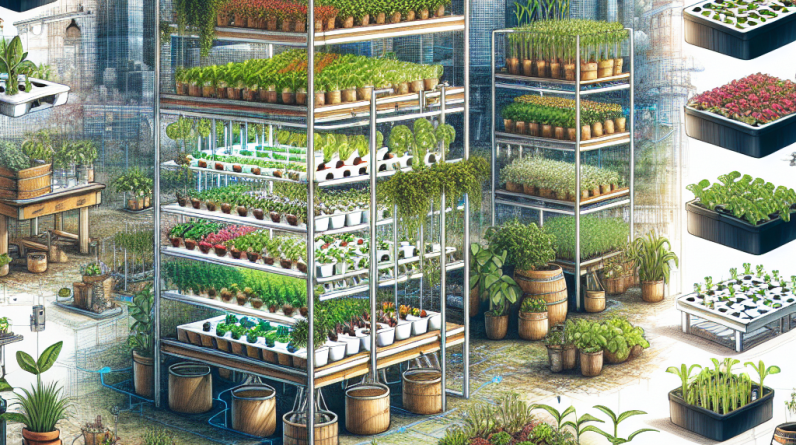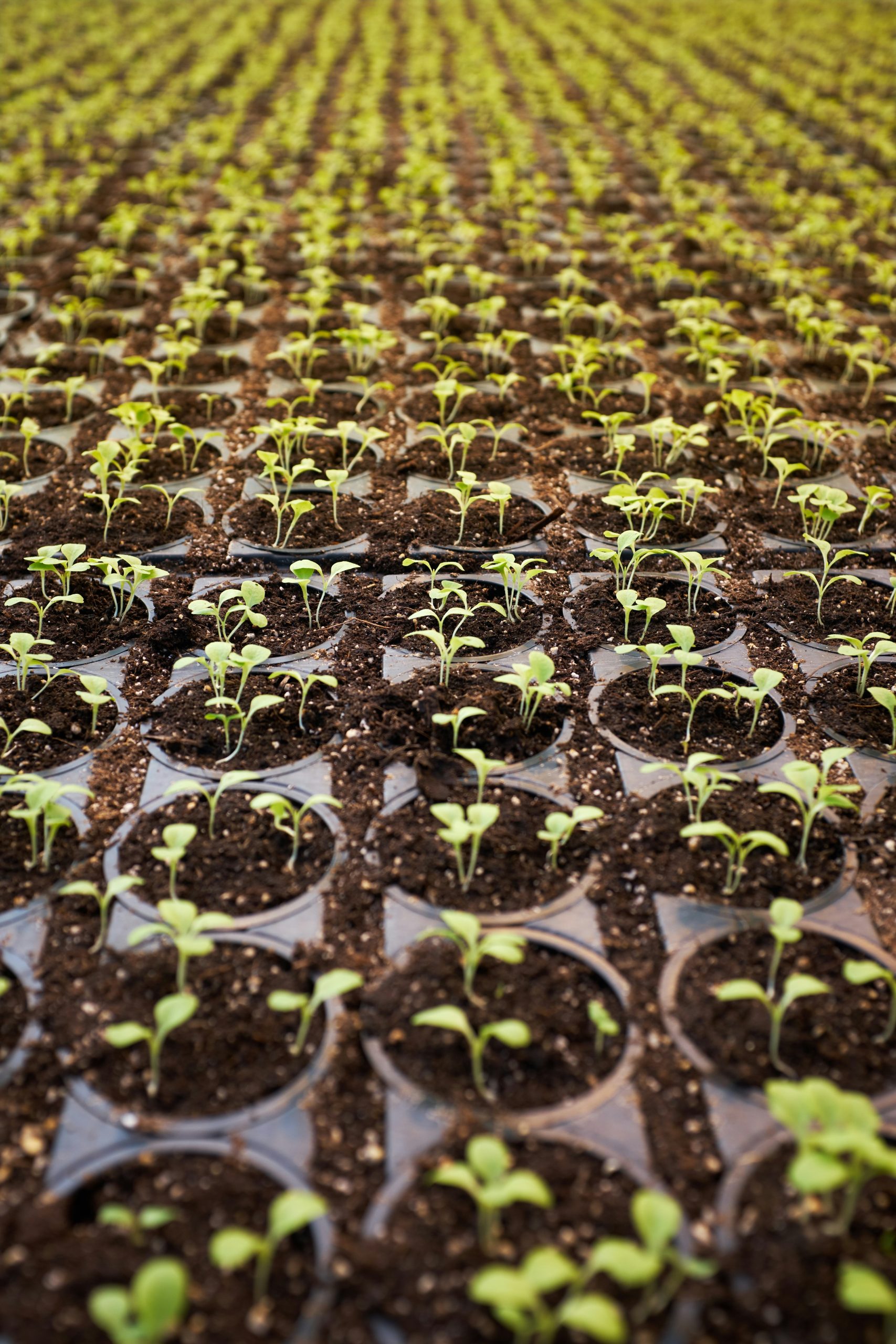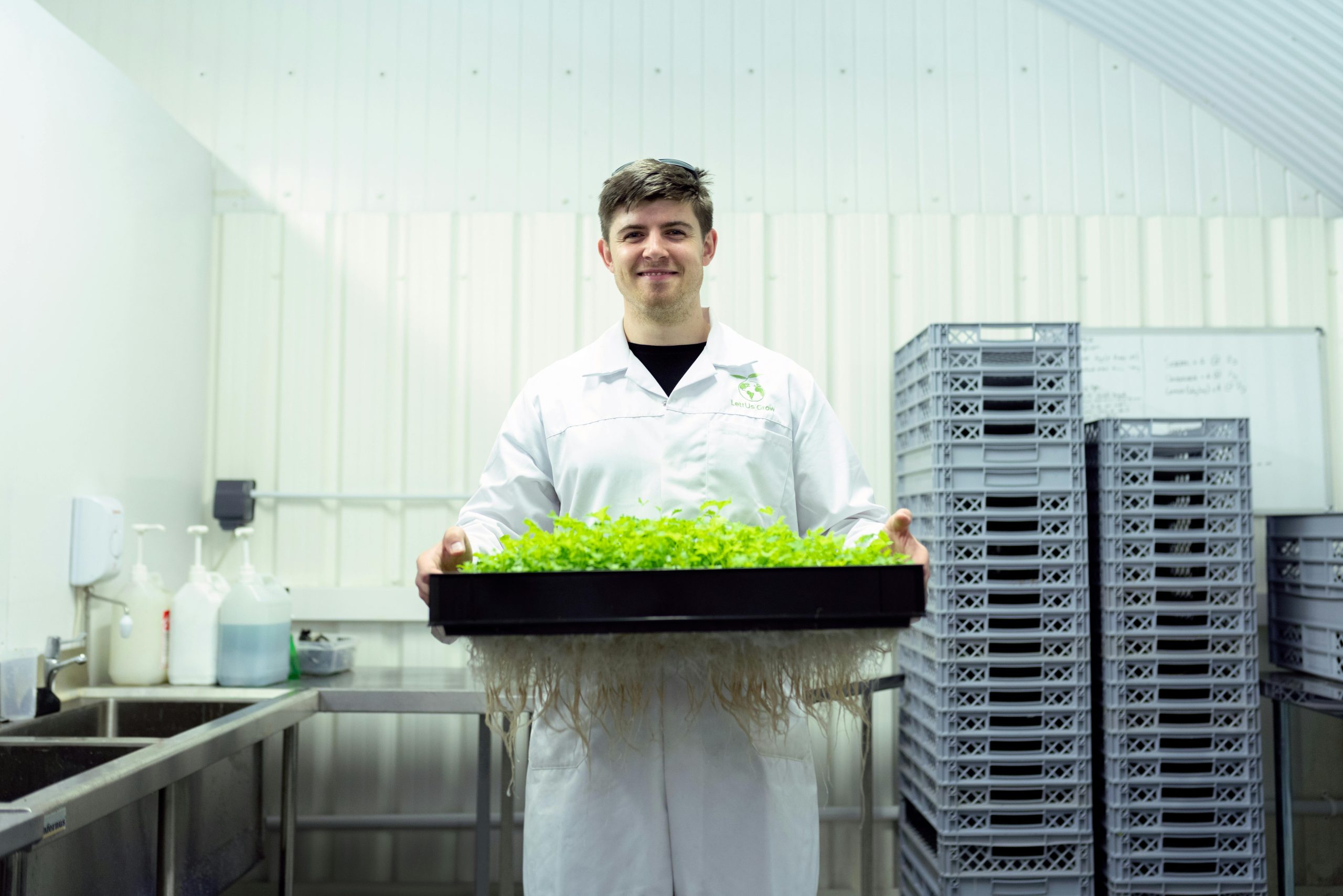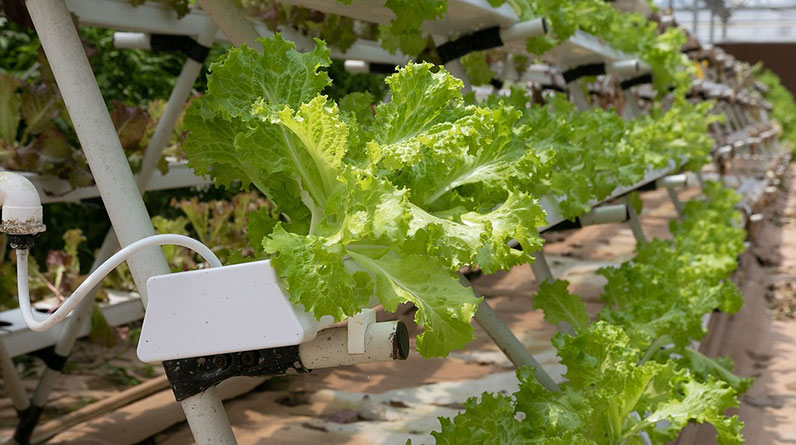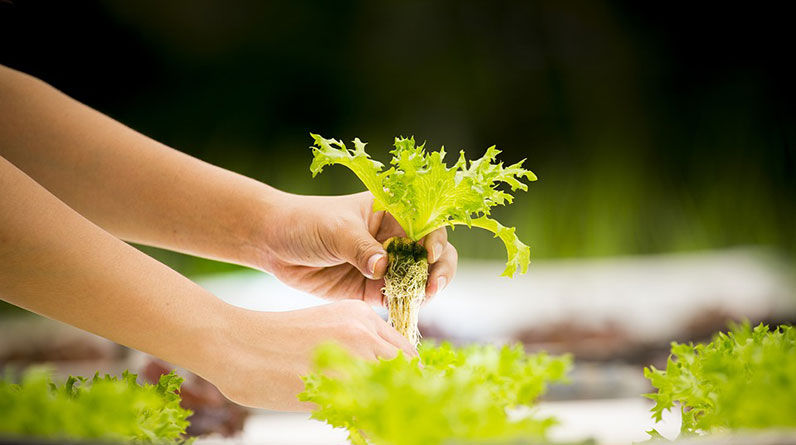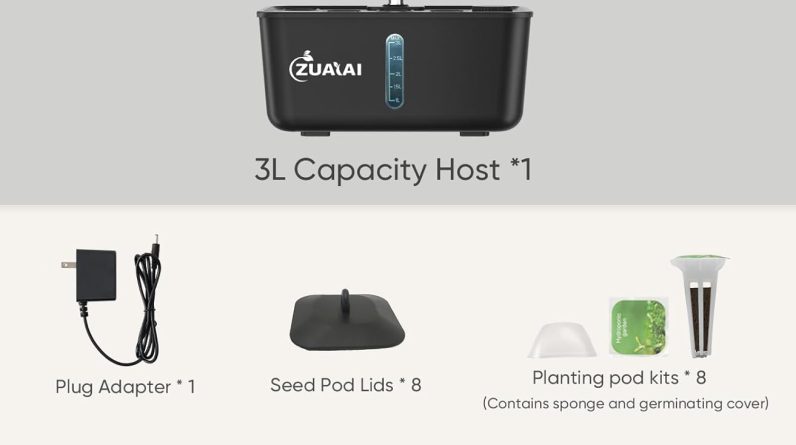
Table of Contents
- 1. Understanding the Basics of Hydroponic Lighting Setup
- 2. Choosing the Right Light Spectrum for Your Crops
- 3. Optimal Light Intensity for Hydroponic Systems
- 4. Proper Light Distance and Placement
- 5. Light Scheduling and Photoperiod Control
- 6. Advanced Lighting Technologies for 2025
- 7. Troubleshooting Common Hydroponic Lighting Issues
1. Understanding the Basics of Hydroponic Lighting Setup
The Role of Lighting in Hydroponic Cultivation
Hydroponic lighting setup is fundamental for growing plants without soil, relying solely on artificial or natural light to promote healthy growth. In 2025, mastering this setup will be crucial for maximizing yields and efficiency in indoor farms or personal setups. Light provides the energy plants need for photosynthesis, directly influencing growth rate, nutritional content, and overall plant health.
From fluorescent to LED grow lights, understanding the basics helps cultivators choose the optimal lighting system. A proper hydroponic lighting setup mimics natural sunlight, enabling growth cycles that match outdoor plants’ requirements. This knowledge empowers growers to create controlled environments that optimize plant development all year round.
Having the right hydroponic lighting setup also minimizes energy use and reduces costs. Itâs essential to balance light intensity, spectrum, and duration to cultivate a wide variety of crops effectively in 2025âs evolving agricultural landscape.
Key Components of a Hydroponic Lighting System
A typical setup includes the light source itself, reflector or hood, timers, and electrical connections. Each component plays a vital role in delivering consistent, efficient illumination. Choosing high-quality components ensures longevity and optimal plant performance.
LED grow lights dominate 2025 due to their energy efficiency, spectrum control, and customizable features. Compared to traditional HID lamps, LEDs produce less heat and consume less power, making them ideal for small and large hydroponic systems alike.
Informed selection of parts can increase crop yields and reduce operational costs. Trends indicate that smart lighting controls, integrated with IoT devices, will become standard in premium hydroponic setups this year.
2. Choosing the Right Light Spectrum for Your Crops
Understanding Light Spectrums in Hydroponic Lighting Setup
The spectrum of light is crucial for different growth stages of plants. In 2025, growers increasingly favor full-spectrum LED lights that replicate natural sunlight, covering all essential wavelengths. Blue light (around 450-495 nm) promotes vegetative growth, while red light (620-750 nm) encourages flowering and fruiting.
Studies show that tailored spectra can significantly boost yields while reducing energy consumption. For instance, a balanced combination of blue and red light can lead to faster growth cycles and healthier plants.
Advanced growers often use programmable LED lights to fine-tune spectral output, adapting to specific crops and growth phases, which is an important aspect of a successful hydroponic lighting setup in 2025.
Impact of Light Spectrum on Plant Development
Different crops respond uniquely to specific light wavelengths. Leafy greens like lettuce thrive with higher blue light levels, whereas fruiting plants like tomatoes benefit from increased red light. Understanding these needs helps optimize the hydroponic lighting setup for each crop type.
Experimenting with spectrum settings can reveal subtle improvements in flavor, nutrient density, and plant health. It’s advisable to start with standard full-spectrum LEDs and adjust based on plant response.
In 2025, smart lighting systems allow real-time spectral adjustments, giving growers unprecedented control over their hydroponic environments.
3. Optimal Light Intensity for Hydroponic Systems
Measuring and Adjusting Light Intensity
Light intensity, often measured in photosynthetic photon flux density (PPFD), directly influences plant growth. In 2025, the standard PPFD for most vegetables is between 200-400 μmol/m²/sec during vegetative phase and up to 700 μmol/m²/sec during flowering.
Ensuring the correct light intensity involves using light meters and understanding the specific needs of your crops. For example, lettuce responds well to moderate intensity, while peppers require higher levels.
Adjusting light intensity as plants grow is critical; too much can cause stress, while too little results in elongated, weak plants. Automated systems now enable precise control, optimizing growth conditions efficiently.
Impact of Light Intensity on Yield and Quality
Proper light intensity enhances photosynthesis efficiency, resulting in increased biomass and crop quality. Research indicates that increasing light intensity within optimal ranges can boost yields by up to 20% in 2025 compared to lower settings.
Overexposure at high intensities can lead to leaf scorch and stress, so monitoring and adjusting levels are vital. Combining intensity control with spectral tuning offers a holistic approach to optimal plant growth.
Use energy-efficient LEDs with dimming capabilities for best results in your hydroponic lighting setup, saving costs and extending equipment lifespan.
4. Proper Light Distance and Placement
Determining the Ideal Distance from Plants
The distance between the light source and plant canopy is crucial for effective hydroponic lighting setup. In 2025, a common rule is to keep LEDs 12-24 inches above the plants, depending on the light’s intensity and plant height.
Adjusting the distance ensures maximum light absorption without causing heat stress or physical damage. Monitoring plant responses such as leaf curl or bleaching can help fine-tune this distance.
Using adjustable mounts or automated height-adjusting systems can facilitate maintaining optimal light placement as plants grow taller, promoting uniform development across your crop.
Positioning for Uniform Light Coverage
Uniform light distribution prevents shaded areas and ensures each plant receives equal illumination. Strategic placement involves using reflectors and multiple light sources to cover large grow spaces effectively.
For small-scale hydroponics, a grid layout with evenly spaced lights works best. Larger systems might incorporate movable light racks or reflectors to optimize coverage.
In 2025, innovative film and lens technologies enhance light focus and diffusion, improving the efficiency of your hydroponic lighting setup significantly.
5. Light Scheduling and Photoperiod Control
Best Practices for Light Duration in 2025
The photoperiodâthe duration of light exposureâis critical for plant development. In 2025, most crops thrive with 16-18 hours of light during vegetative growth and 12-14 hours during flowering.
Automated timers and smart controls automize the schedule, ensuring consistency and reducing human error. This consistency accelerates growth rates while optimizing energy consumption.
Understanding plant responses to light duration allows for tailoring photoperiods for specific crops, maximizing yields and quality.
Implementing Dynamic Light Scheduling
Dynamic lighting adapts to different growth stages, providing varying light intensities and durations as needed. This approach prevents plants from becoming photoinhibited or stressed.
For example, some growers implement dawn/dusk effects or gradually adjust light levels to mimic natural conditions, enhancing plant health and growth.
Emerging AI-driven lighting controllers can analyze plant responses and automatically modify schedules, a standout feature in 2025’s hydroponic lighting setups.
6. Advanced Lighting Technologies for 2025
Emergence of Smart LED Grow Lights
In 2025, smart LED grow lights dominate the hydroponic scene, offering customizable spectrums, intensity, and scheduling via apps or IoT integration. These systems contribute to efficient resource use and higher yields.
Many systems include sensors that monitor environmental parameters, adjusting lighting automatically for optimal conditions. This real-time responsiveness improves overall plant health and operational efficiency.
Investing in advanced lighting tech reduces manual labor, promotes scalability, and enhances crop consistency across large hydroponic farms.
Laser and Laser-like Lighting Innovations
Next-generation laser lighting provides high-intensity, precise light delivery with low heat output. Though still emerging, these technologies promise breakthroughs in energy efficiency and plant-specific light tailoring.
Laser-based lighting could revolutionize hydroponic setups by allowing pinpoint control of spectral delivery, minimizing wastage and maximizing plant response.
Stay informed about these developments to future-proof your hydroponic lighting setup in 2025 and beyond.
7. Troubleshooting Common Hydroponic Lighting Issues
Addressing Light Burn and Leaf Damage
Overexposure to intense light can cause leaf scorch and damage, reducing overall yield. It’s essential to monitor plant responses closely and adjust lighting levels accordingly.
Implementing proper distance and using dimmable LEDs help prevent such issues. Regular inspections and adjustments are part of best hydroponic lighting setup practices.
In 2025, automated systems can alert you to potential problems before they escalate, saving time and resources.
Resolving Uneven Lighting and Shadowing
Uneven lighting results in inconsistent plant growth and lower productivity. Strategic layout planning, reflective materials, and multiple light sources ensure uniform coverage.
Profiling your grow space and testing light distribution with a lux or PAR meter can identify problem areas. Adjustments include repositioning lights or increasing their number.
Utilize advanced reflectors and lenses to maximize light efficiency and coverage, an increasingly common practice in modern hydroponic operations.
Conclusion
In 2025, a well-executed hydroponic lighting setup is the cornerstone of successful indoor farming. From selecting the right spectrum to leveraging cutting-edge technology, every aspect influences crop productivity and quality. Understanding and optimizing the hydroponic lighting setup will help you achieve the best results regardless of crop type or scale. Embrace the latest trends and innovations, and remember that good lighting practices are essential for sustainability, efficiency, and overall success in hydroponics today and in the future.
FAQ
1. What is the most energy-efficient hydroponic lighting setup in 2025?
In 2025, LED grow lights are considered the most energy-efficient solution for hydroponic setups, offering customizable spectrum, high durability, and lower power consumption compared to traditional HID systems.
2. How do I choose the right light spectrum for my hydroponic crops?
Select lighting with a full-spectrum profile that mimics natural sunlight. Adjust spectral output based on the growth stage: blue light for vegetative growth and red for flowering. Modern smart LED systems facilitate easy customization.
3. How far should hydroponic lights be placed from plants?
Generally, keep LED grow lights 12-24 inches above your plants. Use light meters and observe plant health to fine-tune the distance for maximum growth without causing stress or damage.
4. Why is light scheduling important in hydroponic growth?
Proper light scheduling imitates natural day/night cycles, essential for healthy plant development. Automated timers and smart controls ensure consistency, leading to faster growth and higher yields.
5. How can I troubleshoot issues in my hydroponic lighting setup?
Monitor for signs of light burn or uneven coverage, adjust light distance and intensity, and ensure proper placement. Modern systems with sensors can provide alerts for early intervention, keeping your plants healthy.


